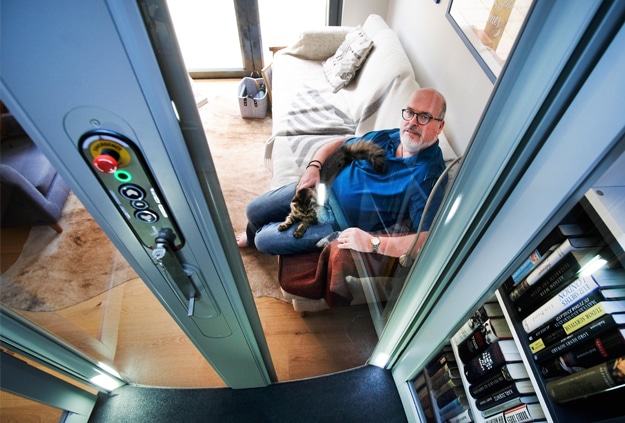Movement Disorders
Movement Disorders encompass a number of conditions that affect the nervous (neurological) system causing increased abnormal movements. These movements can either be voluntary or involuntary with different levels of severity depending on the condition. These conditions can affect the individual’s movement in different ways and are often referred to as periodical limb movement disorders.
Common Movement Disorders
One of the most common Movement Disorders is Ataxia. This neurological condition affects the section of the brain that controls co-ordination and balance. It can lead to clumsiness, speech problems or periodical limb movements. Other conditions include Dystonia which can involve more aggressive symptoms and involuntary muscle contractions that can affect the entire body.
This grouping of conditions also includes neurodegenerative disorders such as Parkinson’s disease, which is a slow and progressive disorder that causes a decrease in movement, imbalance, tremors and stiffness, and Huntington’s disease, which can cause uncontrolled movements and impaired cognitive abilities.
Living with Movement Disorders
The daily challenge of living with Movement Disorders can often be quite difficult, not just physically but mentally. This condition can also worsen over time so it is imperative that any mobility aids and home adaptations considered are future proofed.
Home Adaptations
The installation of a Stiltz Home Lift will allow safe access between floors for users with movement disorder. In the event a person may have an involuntary movement, Stiltz Home Lifts can be customised to included padded surfaces for an increased level of safety. While Stiltz does not offer full height doors in the UK as a rule with a half height door being the norm, where there is a medical need for a full height door, this can be supplied. All half height doors are fitted with a full height light curtain which acts as a sensor and ensures nothing crosses into or out of the lift as it travels. It also has safety sensors fitted above and below the lift car which detect obstructions and smoothly stop the car.
Notes from our resident Occupational Therapist: “As with any condition that affects mobility, it’s important to ensure the right solutions are in place so that moving throughout the home is both easy and safe. With progressive conditions such as Parkinson’s, having the necessary mobility products installed prior to the later stages of the disorder can ease an otherwise very challenging transition and help protect mental health.”
“As with any condition that affects mobility, it’s important to ensure the right solutions are in place so that moving throughout the home is both easy and safe. With progressive conditions such as Parkinson’s, having the necessary mobility products installed prior to the later stages of the disorder can ease an otherwise very challenging transition and help protect mental health.”


![]()
Case Study:
Peter Kilburn, 62, suffers from Primary Orthostatic Tremor (also known as OT) and is unable to stand or walk for any length of time. There are only thought to be about 150 people in the UK with the condition and there is no cause and currently, no cure. Mr Kilburn uses a wheelchair around the house and after looking into moving to a bungalow, felt he wasn’t able to give up living in his lovely family home. A stairlift also was not an option as he was not comfortable sitting on the chair on the stairwell and didn’t like the way they looked. The Stiltz Trio+ Home Lift was the perfect solution to give him access to the newly built extension with an accessible office, bedroom and en-suite bathroom. Read more here.


